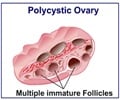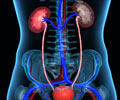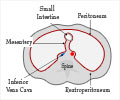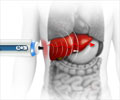A new study published in The Journal of General Physiology reveals how new understanding of CFTR functionality, a protein which may lead to life threatening genetic disease, was achieved through an accidental discovery.
From a scientific standpoint, CFTR is unique in that it is the only known ion channel—a protein pore that enables the passive diffusion of ions across cell membranes—in the enormous superfamily of ABC proteins, which normally operate as active transporters. As active transporters, ABC proteins use energy derived from ATP hydrolysis to move substrates across the cell membrane against a concentration gradient. Although CFTR is equipped with the same structural elements as that of its ABC family "brethren," it has been unclear whether the ion channel also functions in the same way.
In the October 2012 issue of
JGP, Tzyh-Chang Hwang (University of Missouri-Columbia) and colleagues effectively demonstrate that the mechanism through which CFTR functions is indeed akin to that of the ABC transporters. Specifically, the team used a mutant CFTR channel that exhibits two different open states to determine that ATP hydrolysis underlies the unidirectional cycling of CFTR through its open and closed states. This insight provides new evidence about the functionality of a protein that plays an important role in a very prevalent human disease, and continues to be of great interest to researchers.
Source-Eurekalert














